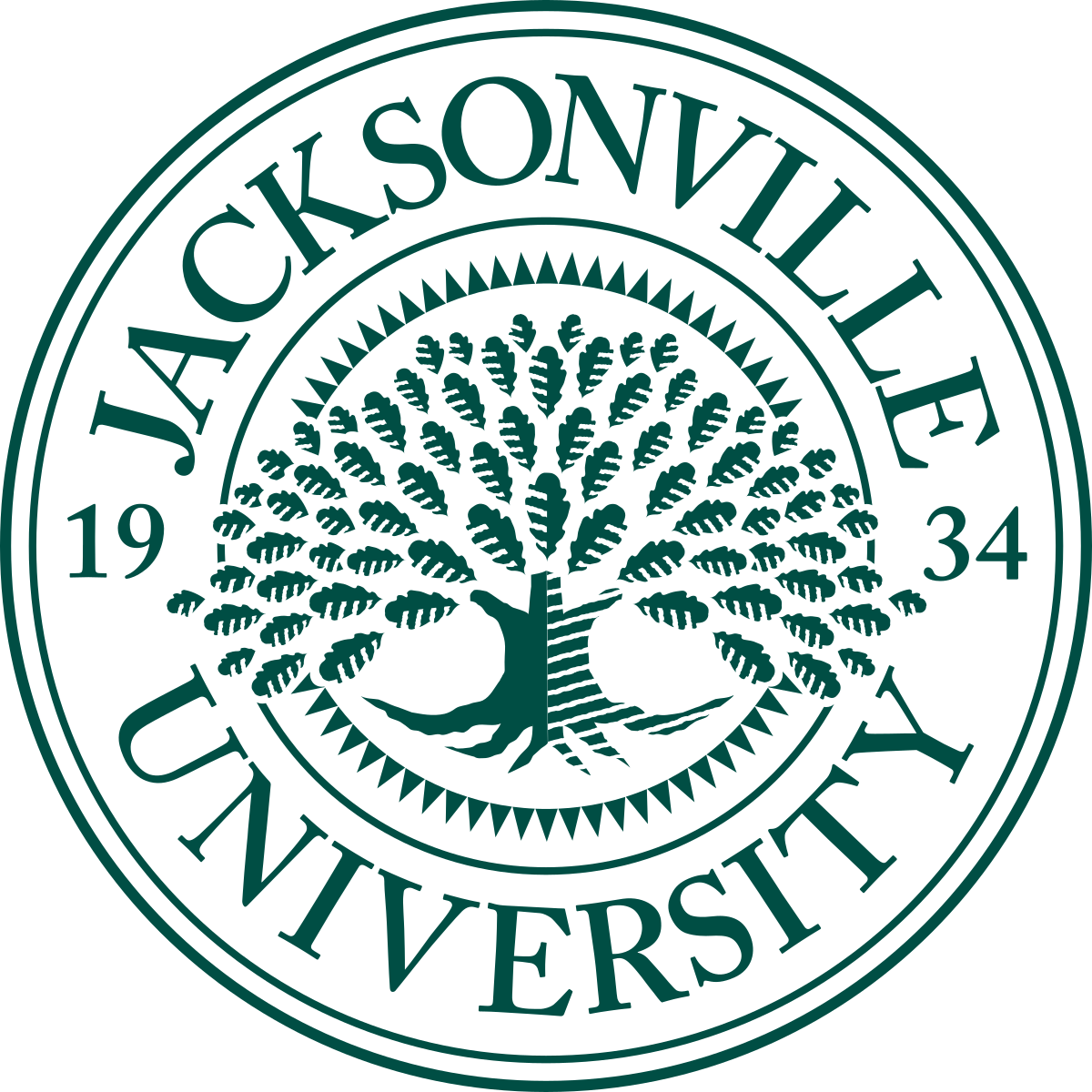Master of Fine Arts (MFA): Your Gateway to Creative Excellence Abroad
Embark on a transformative journey with a Master of Fine Arts (MFA) degree, a prestigious postgraduate program designed for aspiring artists, designers, and creatives. For Indian students dreaming of studying abroad, an MFA opens doors to world-class studios, renowned faculty, and global networks that can elevate your artistic career. Whether you're passionate about visual arts, performing arts, or digital media, this degree hones your skills and prepares you for a dynamic professional life. In this guide, we'll explore everything you need to know about pursuing an MFA abroad, tailored specifically for Indian applicants.
What is a Master of Fine Arts?
The MFA is a terminal degree in the fine arts, emphasizing hands-on practice, critical theory, and artistic innovation. Unlike a general master's in arts, the MFA focuses intensely on studio work, where you'll spend significant time creating, experimenting, and refining your portfolio. Programs typically last 1-3 years, depending on the country and specialization.
For Indian students, studying an MFA abroad means accessing cutting-edge facilities and diverse cultural influences that enrich your perspective. Imagine developing your craft in the vibrant art scenes of New York, London, or Sydney—opportunities that can set you apart in India's growing creative industry.
Why Pursue an MFA Abroad as an Indian Student?
India's art scene is booming, but international exposure is key to global recognition. Here's why an MFA abroad is a smart choice:
- World-Class Resources: Access state-of-the-art studios, galleries, and technology not always available in India.
- Diverse Perspectives: Collaborate with international peers, broadening your artistic voice beyond traditional Indian motifs.
- Career Boost: An MFA from a top foreign university enhances employability in galleries, film, advertising, and academia worldwide.
- Networking Opportunities: Build connections with curators, artists, and industry leaders through exhibitions and residencies.
- Personal Growth: Immersive experiences foster independence and cultural adaptability, valuable skills for any artist.
Many Indian alumni from MFA programs return home to lead initiatives like the Kochi-Muziris Biennale or establish their own studios, blending global techniques with Indian heritage.
Popular Specializations in MFA
MFA programs offer a range of concentrations to match your creative interests. Common specializations include:
| Specialization | Description | Ideal For |
|---|---|---|
| Visual Arts (Painting, Sculpture) | Focus on traditional and contemporary mediums, with emphasis on conceptual development. | Aspiring painters and sculptors exploring form and materiality. |
| Graphic Design & Digital Media | Blends creativity with technology, covering UI/UX, animation, and branding. | Students interested in digital innovation and commercial design. |
| Photography & Film | Advanced techniques in capturing narratives through visuals and motion. | Documentary filmmakers or photographers seeking storytelling skills. |
| Performing Arts (Theater, Dance) | Performance-based training, including directing, choreography, and production. | Theater enthusiasts or dancers aiming for international stages. |
| Creative Writing & Interdisciplinary Arts | Integrates writing with visual or performative elements for multimedia projects. | Versatile artists wanting to fuse disciplines. |
Choose based on your portfolio strengths—most programs require a submission showcasing your previous work.
Top Destinations and Universities for MFA
Selecting the right country and institution is crucial. Popular destinations for Indian students include the USA, UK, Canada, Australia, and Europe, offering quality education with post-study work visas.
United States
The USA dominates MFA rankings with its emphasis on innovation. Top picks:
- Yale University School of Art (New Haven, CT): Renowned for its rigorous thesis exhibitions; tuition ~$45,000/year.
- Rhode Island School of Design (RISD, Providence, RI): Hands-on, interdisciplinary approach; strong alumni network.
- California Institute of the Arts (CalArts, Valencia, CA): Ideal for experimental arts; attracts Bollywood-inspired creators.
Duration: 2 years. Visa: F-1 with OPT for up to 3 years post-graduation.
United Kingdom
The UK's vibrant art scene, from Tate Modern to Edinburgh Festival, inspires deeply.
- Royal College of Art (London): World's top-ranked art school; focuses on design and fine arts.
- Goldsmiths, University of London: Emphasizes contemporary practice; affordable at ~£20,000/year for internationals.
- University of the Arts London (UAL): Diverse programs in fashion and visual arts.
Duration: 1-2 years. Visa: Student route with 2-year post-study work.
Canada and Australia
These offer welcoming environments and scholarships for Indians.
- University of Toronto (Canada): Strong in multimedia; tuition ~CAD 25,000/year.
- Emily Carr University of Art + Design (Vancouver, Canada): Focus on Indigenous and global influences.
- University of Melbourne (Australia): Blends theory and practice; scholarships available.
- RMIT University (Melbourne, Australia): Industry-oriented design programs.
Both provide 1-3 years of post-study work rights, easing the transition to careers.
Eligibility Criteria for Indian Students
Admission is competitive, prioritizing talent over academics. Key requirements:
- Bachelor's Degree: A BFA or equivalent (e.g., B.Des from NID or JNU) with at least 50-60% marks.
- Portfolio: 10-20 pieces demonstrating originality; include artist statements.
- English Proficiency: IELTS (6.5+), TOEFL (90+), or PTE; some accept Duolingo.
- Letters of Recommendation: 2-3 from mentors or professors.
- Statement of Purpose (SOP): 500-1000 words explaining your artistic journey and goals.
- Entrance Exams/Interviews: GRE optional; many require portfolio reviews or auditions.
Indian students should highlight cultural influences in their applications to stand out. Deadlines typically fall between December and March for fall intake.
Curriculum and Learning Experience
An MFA curriculum balances studio practice (60-70% of time) with seminars and critiques. Expect:
- Core Courses: Art history, theory, and professional practices like grant writing.
- Studio Electives: Specialized workshops in mediums like printmaking or video art.
- Thesis Project: A capstone exhibition or performance, often juried by experts.
- Guest Lectures & Residencies: Interactions with artists like Anish Kapoor (Indian-origin) or international figures.
Classes are small (10-15 students), fostering mentorship. Indian students often appreciate the emphasis on conceptual art, which complements traditional Indian aesthetics like Madhubani or Warli.
Career Opportunities After MFA
An MFA equips you for diverse roles, with median salaries starting at $50,000-$70,000 abroad, higher in India for returnees.
Key Career Paths:
- Artist/Designer: Freelance or gallery representation; e.g., illustrator for brands like Adobe.
- Educator: Teach at art schools; PhD possible for academia.
- Curator/Gallerist: Manage exhibitions at institutions like NGMA in India.
- Media & Entertainment: Roles in film (e.g., VFX for Bollywood) or advertising.
- Non-Profit/Entrepreneurship: Start community art projects or NGOs.
Many graduates secure residencies at places like the MacDowell Colony or return to India for opportunities with institutions like the India Foundation for the Arts.
Scholarships and Financial Aid for Indian Students
Studying abroad can be costly (tuition + living: $30,000-$60,000/year), but funding options abound:
- University Scholarships: Merit-based like Yale's need-blind aid or RCA's international bursaries.
- Government Schemes: India's ICCR scholarships or Fulbright-Nehru for US programs.
- Private Foundations: Inlaks Shivdasani Foundation (up to ₹10 lakhs) or Aga Khan Foundation.
- Country-Specific: Chevening (UK), Vanier (Canada), or Australia Awards.
Apply early; many cover tuition, travel, and stipends. Part-time work (20 hours/week) on student visas helps too.
Application Tips for Success
To ace your MFA application:
- Build a Strong Portfolio: Get feedback from Indian art communities like Khoj or online platforms.
- Research Programs: Attend virtual open houses; align with your style (e.g., conceptual vs. technical).
- Prepare Finances: Show proof of funds for visas; explore education loans from SBI or HDFC.
- Visa Guidance: For US F-1, UK Tier 4, etc.—consult experts for interviews.
- Cultural Prep: Learn about host countries' art etiquette to thrive.
Start 12-18 months in advance for seamless planning.
Benefits for Indian Students Studying MFA Abroad
Beyond academics, an MFA abroad builds resilience and a global identity. You'll gain:
- Cultural Fusion: Integrate Indian narratives into international works, like Subodh Gupta's sculptures.
- Soft Skills: Critical thinking and collaboration, essential in India's freelance economy.
- Long-Term Visa Paths: Lead to permanent residency in creative hubs.
- Alumni Support: Join networks like Indian Artists Abroad for mentorship.
Ultimately, an MFA isn't just a degree—it's a launchpad for your creative legacy.
Ready to apply? Contact our study abroad counselors for personalized guidance on MFA programs tailored to your artistic vision.


